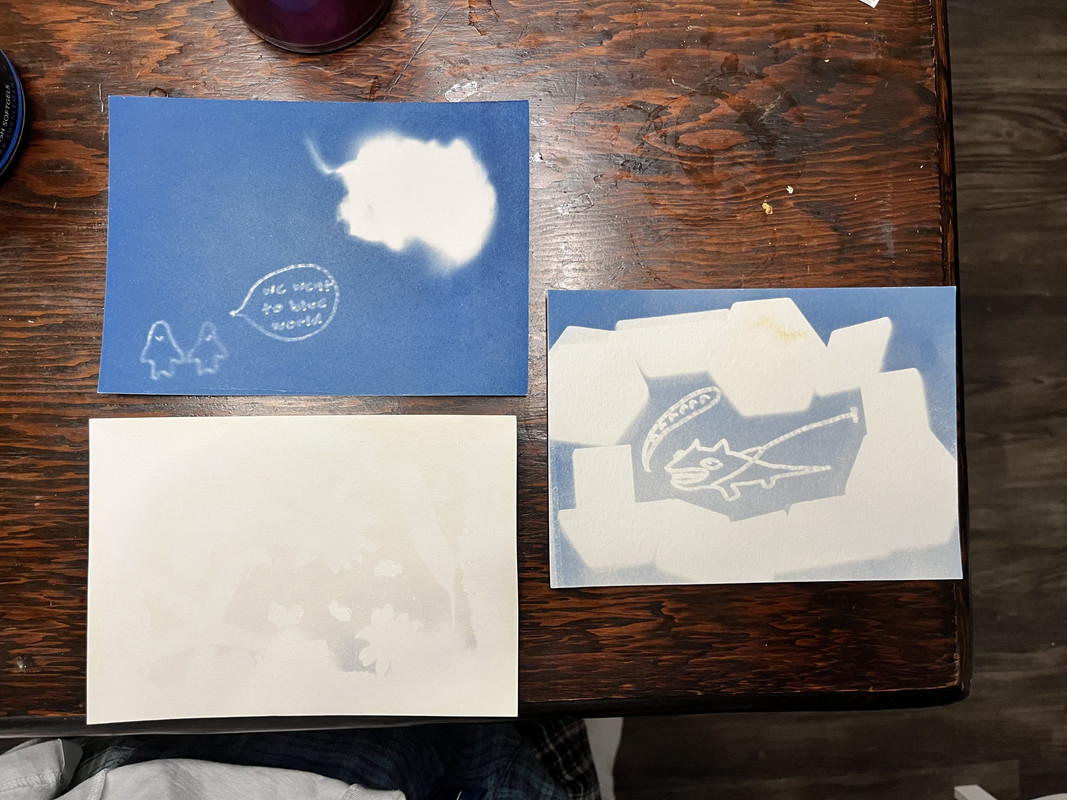So, lately I've been playing the free demo for Aethermancer.
It's a in indie roguelite - which, yes, are a dime a dozen these days. But it's also a monster trainer, or monster battler, or "-mon game", or whatever you want to use to refer to "the genre that Pokemon is the most famous example of." (Not the first - technically the Megami Tensei franchise involves recruiting monster to use in battle, and it predates Pokemon by a good bit.)
I enjoyed the developer's previous outing, Monster Sanctuary. It had some good ideas, but I also felt like I needed a guide on hand in order to enjoy the main draw of the game - triple battles where synergy between team-mates is key, and stacking passive abilities allows for powerful snowball effects.
Compared to its predecessor (and to the other indie monster game I've played, Cassette Beasts) Aethermancer makes it much more clear to a "novice" player how you're supposed to use monsters. Right at the outset, you see that your monster has three "types" - not elements, but mechanical niches it represents. These types may be debuffs (burn, poison, etc), buffs (dodge, regeneration, etc), "critical" (increasing chance and effects of crits), and "purge" (remove enemy's "aether", the elemental action-casting resource reminiscent of MtG's "mana"), but they also include support niches like "aether", "heal", "shield", and "tank." Each of a monster's three types contribute to its pool of "traits" (passive powers) and "actions" (selectable moves that cost aether to perform).
In addition, the introduction of "maverick" traits and actions - which become added to a monster's pool based on what teamates are present when it levels up - makes synergistic team-building between disimilar monsters easier than it was in Monster Sanctuary. A "tank" monster in a party with a "burn" monster will gain access to "tank+burn" abilities that synergistic link the two concepts. Meanwhile, in Monster Sanctuary, your ability to, say, add a healing monster to a Shock team was limited by monsters whose predefined skill trees supported those concepts simultaneously.
In the demo, I've found the Burn archetype (which one of the starters, Cherufe, is a member of) to be fairly strong. While there are other archetypes with available passives that trigger when Aether is spent, and passives that generate aether when they trigger, nothing seems to have as powerful a feedback loop as the following combination, which are available to all Burn monsters under all circumstances:
Burning Fire
Aura: For every 3 Fire Aether consumed by allies: Applies Burn to all enemies.
[...]
Kindle
Aura: For every 4 Burn applied to enemies: Generates Fire Aether.
And this combination only gets stronger the more burn-inflicting Traits you have, or after gaining access to party-wide burn inflicting Actions, or with the flexibility that Cosmic Fire introduces to the feedback loop by letting you generate Wild (wildcard) Aether with Kindle and spend Wild Aether to trigger Burning Fire, or by utilizing Burn Conversion and Stoke the Fire to convert Burn stacks into EVEN MORE Fire (or Wild, with Cosmic Fire) Aether to spend EVEN more to inflict EVEN MORE burn.
This is even before getting into the ways in which Cherufe's signature Trait synergizes with literally every burn inducing trait...



